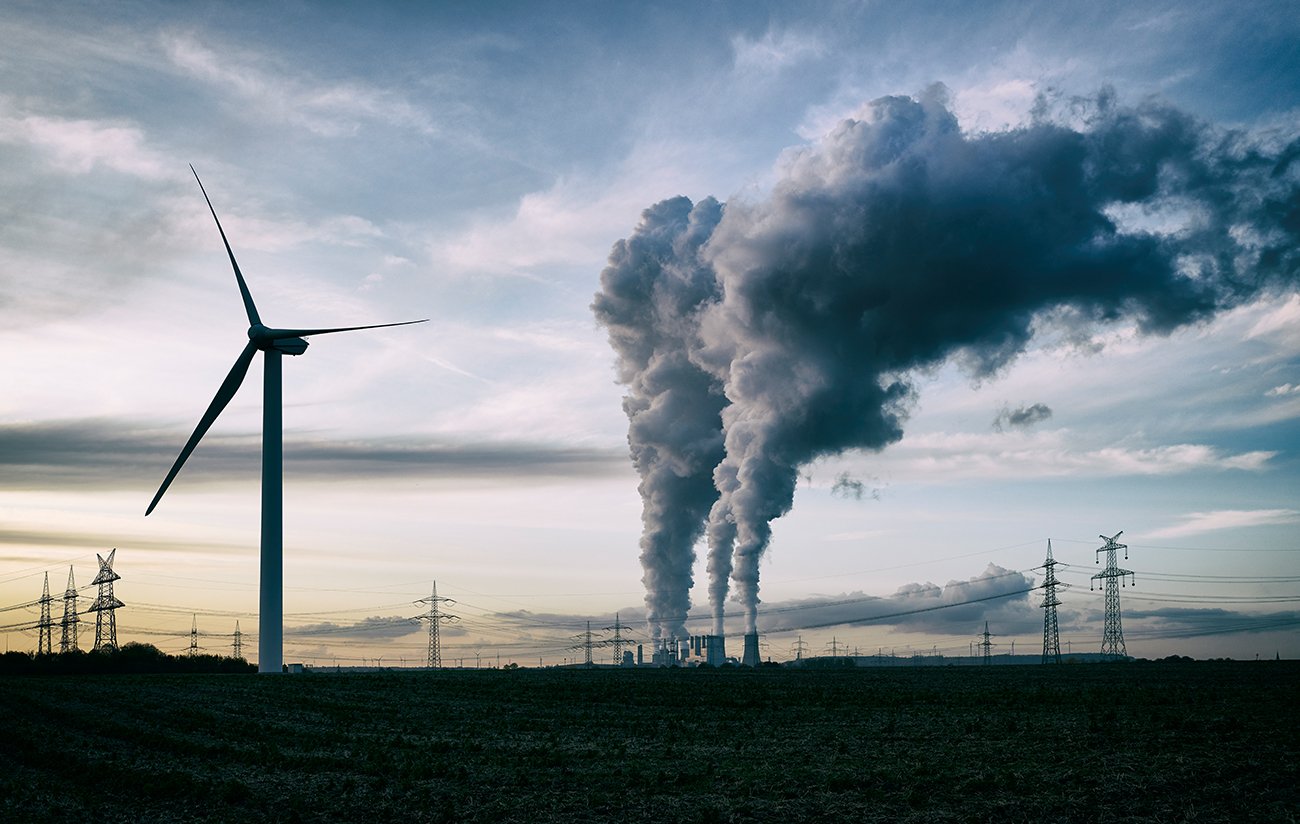To understand the impact of the energy transition on the fuel poor, it is crucial to first understand its impact on the energy system at large.
Energy transition refers to the global energy sector’s shift from fossil-based systems of energy production and consumption to renewable energy sources (S&P Global, 2020). The energy system must, therefore, undergo a fundamental change to accommodate the increasing amounts of flexibility in the system and changing consumer behavior. Flexibility for innovators will, in turn, need to be balanced with stability for investors; retailers will also require clear price signals to launch innovative business models.
Fuel poverty remains a complex and persistent problem, exacerbated by the COVID-19 pandemic and likely to be further affected by escalating decarbonization efforts.
In February 2021, Government released an updated fuel poverty strategy for England (Sky News, 2021). In line with energy transition and climate change requirements, the strategy focuses heavily on policies to update the energy efficiency of housing, with £2.5 billion earmarked for the Home Upgrade Grant (it is crucial to note that long-term funding for the Grant has not yet been approved (Committee on Fuel Poverty, 2021). It sets out a plan for additional investments of over £10 billion into energy efficiency improvement regulations for the Private Rented Sector, and a further £60 million to be invested in retrofitting social housing. England also updated its fuel poverty metrics from ‘Low Income, High Cost’ (LIHC) to ‘Low Income, Low Energy Efficiency’ (LILEE) to prioritize home insulation (HM Government, 2021). This efficiency focus is also mirrored in Government’s 10 Point Plan for a Green Industrial Revolution (Gov.uk, 2020).
Though these policies have potential for driving the green energy transition, and creating a multitude of new jobs, they will also have high associated costs. There is currently no clear impact assessment on the effect of these costs on consumers and the fuel poor. Thus, there is both a risk that vulnerable customers will be negatively impacted by these changes, and an opportunity for them to be the first to benefit.
This article will discuss how the energy transition will impact the fuel poor, who should pay for the energy transition, and how we can protect the most vulnerable customers.
We will examine this from both a regulator’s (Ofgem) and utilities’ perspective, as we view these players as having the highest responsibility to the fuel poor. However, we are also mindful that whilst utilities can make considerable contributions to the just transition through their own efforts, they should not be setting the precedent given inherent commercial considerations – in the same vein that Ofgem is the implementer, not the policy maker. Their scope for action is, and should continue to be, significantly influenced by government direction on incentives, regulations and deployment of public funding.



